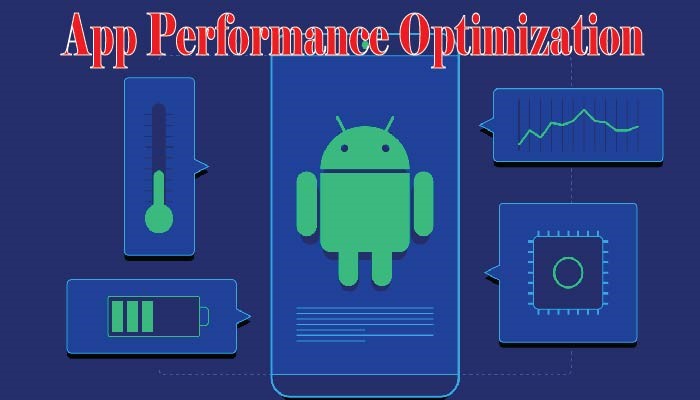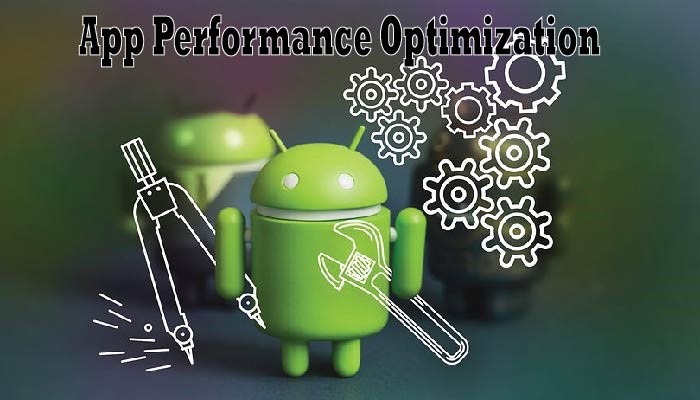Mastering Performance: Best Practices for App Performance Optimization
In today’s fast-paced digital landscape, users demand seamless and responsive experiences from the apps they use. App performance optimization is crucial for meeting these expectations and ensuring user satisfaction. In this article, we’ll delve into a comprehensive set of best practices for App Performance Optimization, covering everything from code optimization to network efficiency and beyond.

Understanding the Importance of App Performance Optimization
Before diving into specific best practices, it’s essential to understand why app performance optimization matters. Improved performance leads to better user experiences, increased user engagement, higher retention rates, and ultimately, greater business success. Conversely, poor performance can result in user frustration, negative reviews, and loss of revenue. By prioritizing app performance optimization, developers can enhance user satisfaction, drive app adoption, and stay ahead of the competition.
Establishing Performance Goals and Metrics
The first step in app performance optimization is defining clear performance goals and metrics. These goals should align with user expectations and business objectives and may include metrics such as app load time, response time, rendering speed, and resource utilization. By establishing quantifiable performance targets, developers can measure progress, identify areas for improvement, and track the impact of optimization efforts over time.
Optimizing Code Efficiency
Efficient code is the foundation of high-performance apps. Developers should prioritize clean, modular, and well-structured code that minimizes resource consumption and maximizes execution speed. Techniques such as code refactoring, algorithm optimization, and memory management can help reduce CPU usage, decrease memory footprint, and improve overall app responsiveness. Additionally, developers should leverage profiling tools and performance monitoring frameworks to identify and address performance bottlenecks in their codebase.
Implementing Image and Asset Optimization
Images and other media assets often comprise a significant portion of an app’s file size, impacting download times and overall performance. To optimize app performance, developers should implement image compression techniques, such as lossless and lossy compression, to reduce file sizes without sacrificing visual quality. Additionally, using vector graphics and scalable assets can help ensure crisp, high-resolution images across different screen sizes and resolutions, further enhancing user experience and app performance.
Prioritizing Network Efficiency
Network performance plays a crucial role in app responsiveness, particularly for apps that rely on remote data retrieval or real-time communication. Developers should optimize network requests by minimizing the number of requests, reducing payload size, and leveraging caching mechanisms to store frequently accessed data locally. Additionally, developers should prioritize asynchronous loading and data prefetching to minimize latency and ensure smooth app interactions, even in low-bandwidth or unreliable network conditions.
Utilizing Background Processing Wisely
Background processing can improve app responsiveness and user experience by offloading resource-intensive tasks to background threads or services. However, excessive background processing can drain device battery life, consume bandwidth, and degrade overall system performance. Developers should use background processing judiciously, prioritizing essential tasks and minimizing background activity whenever possible. Additionally, developers should adhere to platform-specific guidelines and best practices for background processing to ensure compatibility and optimal performance across different devices and operating systems.
Managing Memory and Resource Usage
Effective memory management is essential for app performance optimization, particularly on resource-constrained devices such as smartphones and tablets. Developers should minimize memory leaks, optimize data structures, and implement efficient resource cleanup mechanisms to prevent memory bloat and ensure optimal resource utilization. Additionally, developers should monitor and analyze memory usage using profiling tools and memory profiling frameworks to identify and address memory-related issues proactively.
Embracing Continuous Optimization
App performance optimization is an ongoing process that requires continuous monitoring, analysis, and refinement. Developers should regularly assess app performance using performance monitoring tools, user feedback, and analytics data, and prioritize optimization efforts based on identified pain points and opportunities for improvement. Additionally, developers should stay informed about emerging trends, technologies, and best practices in app performance optimization and incorporate them into their development workflow to maintain competitiveness and deliver superior user experiences.
Conclusion
App Performance Optimization is essential for delivering seamless, responsive, and enjoyable user experiences. By implementing best practices such as establishing performance goals and metrics, optimizing code efficiency, implementing image and asset optimization, prioritizing network efficiency, utilizing background processing wisely, managing memory and resource usage, and embracing continuous optimization, developers can enhance app performance, drive user engagement, and achieve business success in today’s competitive app market. With a proactive approach to performance optimization, developers can ensure that their apps remain fast, reliable, and responsive across diverse devices and usage scenarios, delighting users and driving long-term success.



